This Korean Bulgogi recipe is a slight change up on the classic dish. Thinly cut beef marinated in fresh ginger, garlic, liquid aminos and honey makes for a flavorful, filling meal.
Preparing ethnic food is a hobby of mine and keeps me inspired in the kitchen. I enjoy incorporating an abundance of aromatic spices I wouldn’t otherwise use, leaving my house smelling otherworldly, and my belly satisfied.
Learning the similarities and differences between the techniques and ingredients used in various cuisines worldwide gives me a more complete culinary perspective.
It dawned on me recently that I don’t cook nearly enough Korean food. In fact, until this point, bibimbap was the only Korean dish I had made, so I knew I needed to expand my horizons and cozy up to more Korean dishes.
Since I’m not super well-versed in the art of Korean cooking, I read up on it prior to preparing this recipe in order to gain a bit of a foundation. Korean cuisine is primarily centered around rice, vegetables and meats, and most meals are served with kimchi (naturally fermented cabbage, radishes, and cucumbers with spices).
Commonly used ingredients in Korean dishes are ginger, garlic, sesame oil, doenjang (fermented bean paste), soy sauce, salt, garlic, gochujang (sweet and spicy red chili paste), gochugaru (similar to red pepper flakes), and brown sugar.
While I can get on board with all of the aforementioned ingredients, especially ginger, I tend to stay away from soy products or refined sugar when possible.
For this reason, I thought it would be fun to prepare a traditional Korean dish, bulgogi (thinly sliced grilled marinated beef), but replace the traditional soy sauce with liquid aminos (I used coconut aminos) and substitute honey for brown sugar.
I know, I know, it’s not authentic, but the result tasted so, just trust me!
Infusing as much flavor as possible into these bowls, I make a batch of Kimchi Fried Rice to go along with the beef. Be sure to add some steamed broccoli in there, because: vegetables.
Recipe Tips & Change-Ups:
- Because I sliced the beef thinly and the grates on my grill are fairly wide, I opted to cook the meat in a cast iron skillet rather than on a BBQ. If you have a Korean-style BBQ (or even a George Foreman), feel free to grill the meat rather than cook it on the stove.
- I steamed the broccoli, but you can also sauté it with sesame oil, ginger, garlic, etc. You can even marinate the broccoli ahead of time just like you’re doing with the beef (just be sure to marinate the two separately).
- If you aren’t partial to beef, you can replace it with chicken and still use the same marinade outlined in the recipe.
- Incorporate more of your favorite veggies, such as cauliflower, or bok choy.
- Use homemade kimchi or other pickled veggies for serving.
- To make this recipe the authentic Korean version, replace the liquid aminos with soy sauce, and the honey with brown sugar.
If you make this recipe, please feel free to share a photo on Instagram and tag @The.Roasted.Root!
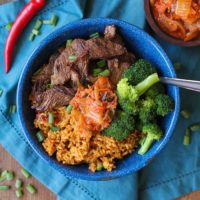
Korean Bulgogi and Rice Bowls
Ingredients
Bulgogi
- 1 pounds to 1-½ boneless sirloin steak cut into thin strips
- 1/3 cup liquid aminos*
- 1 Tbsp avocado oil
- 1 Tbsp sesame oil
- 2 cloves garlic minced
- 1 tablespoon fresh ginger peeled and grated
- 2 tablespoons honey*
- ½ teaspoon gochugaru or red pepper flakes
For the Bowls
- 1 Batch Kimchi Fried Rice
- 2 medium crowns broccoli steamed
- Kimchi for serving
Instructions
Advance Prep:
- If you're making the kimchi fried rice, do so in advance. Or, if you're making steamed white or brown rice, you can cook the rice while you're preparing the beef.
Prepare the Bulgogi:
- Combine the liquid aminos, avocado oil, sesame oil, garlic, ginger, honey, and gochugaru in a small blender and blend until completely combined. Place the thinly sliced steak in a sealable bag or container and pour in the marinade. Marinate for at least 15 minutes (overnight is better). While beef is marinating, prepare the rice according to package instructions and steam the broccoli.
- Heat a cast iron skillet to medium-high and add juste enough oil to lightly coat the surface, about 2 to 3 tablespoons. Carefully place several strips of beef on the hot skillet in a single layer, leaving room between strips. Cook for 2 to 3 minutes, or until beef is browned. Flip using tongs and cook on the other side 1 to 2 minutes, or until beef is cooked to desired doneness. Transfer meat to a plate and repeat for the remaining strips of meat (It took me 3 rounds to finish cooking all the beef).
Prepare the Bowls:
- Divide the rice, broccoli, and bulgogi between 3 bowls. Serve with kimchi, and enjoy!
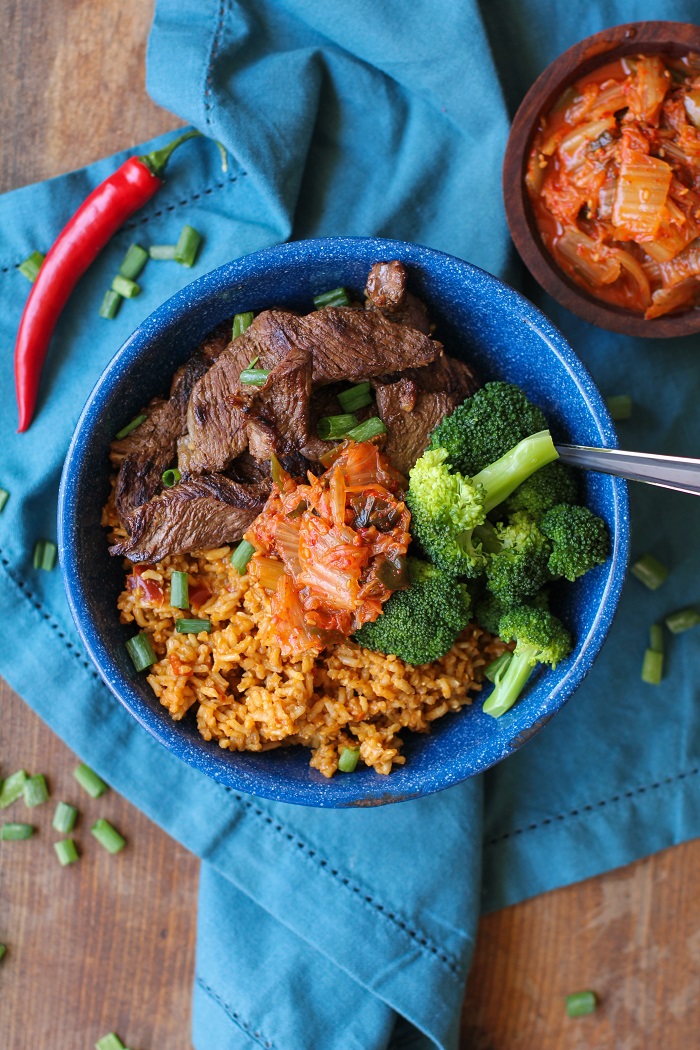
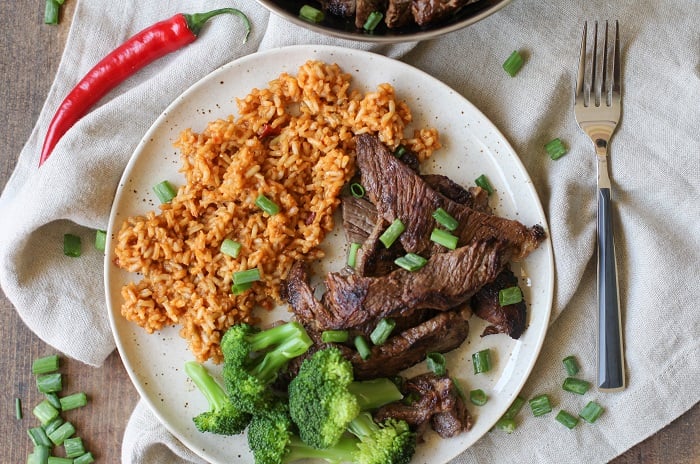

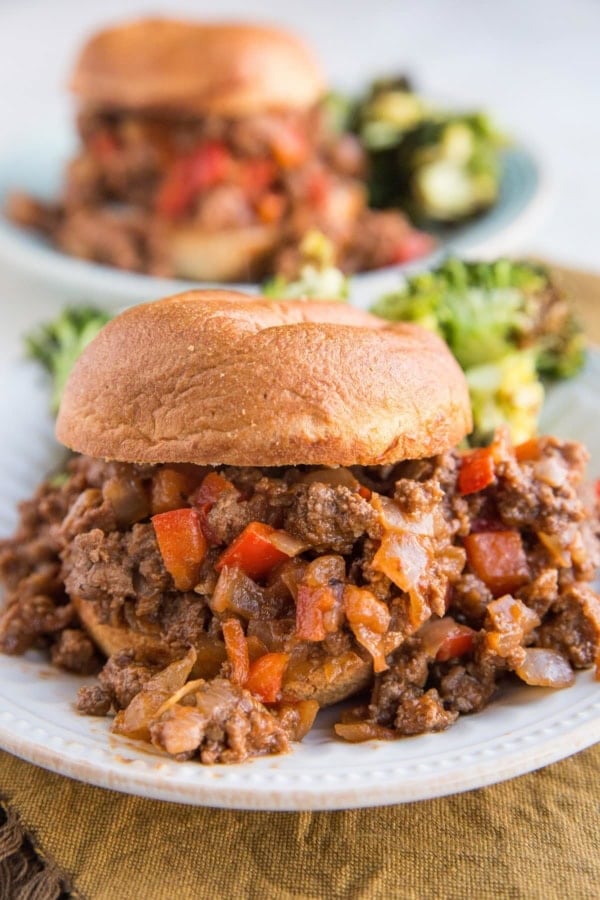
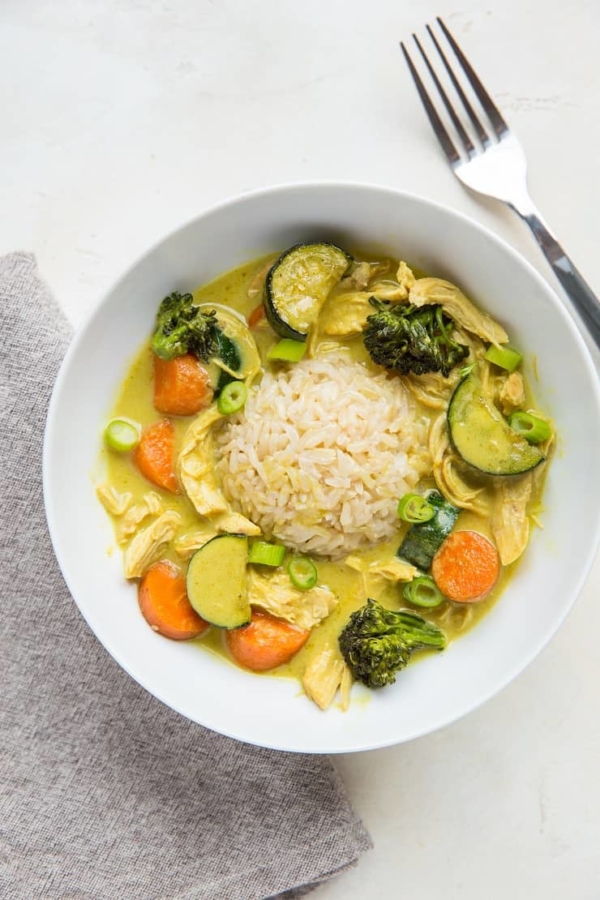
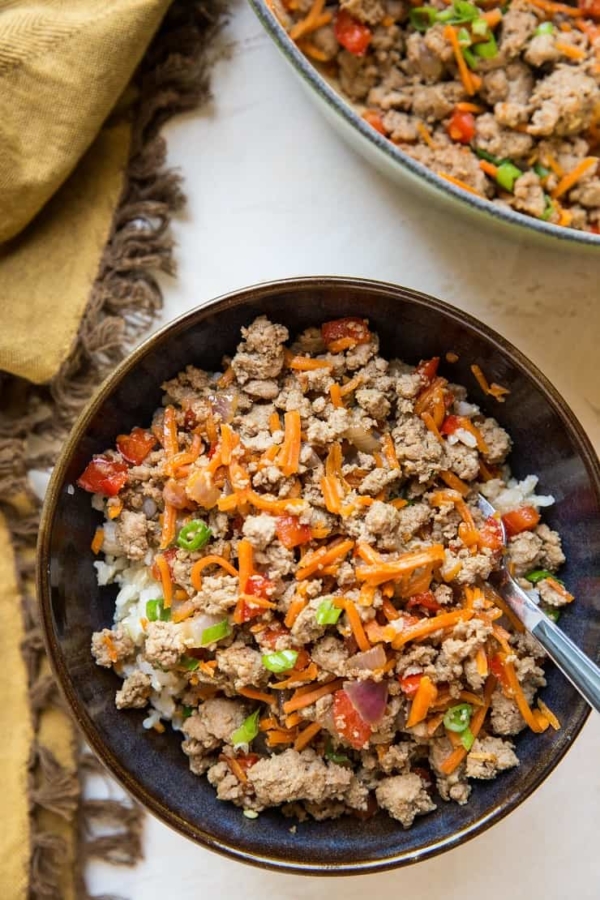
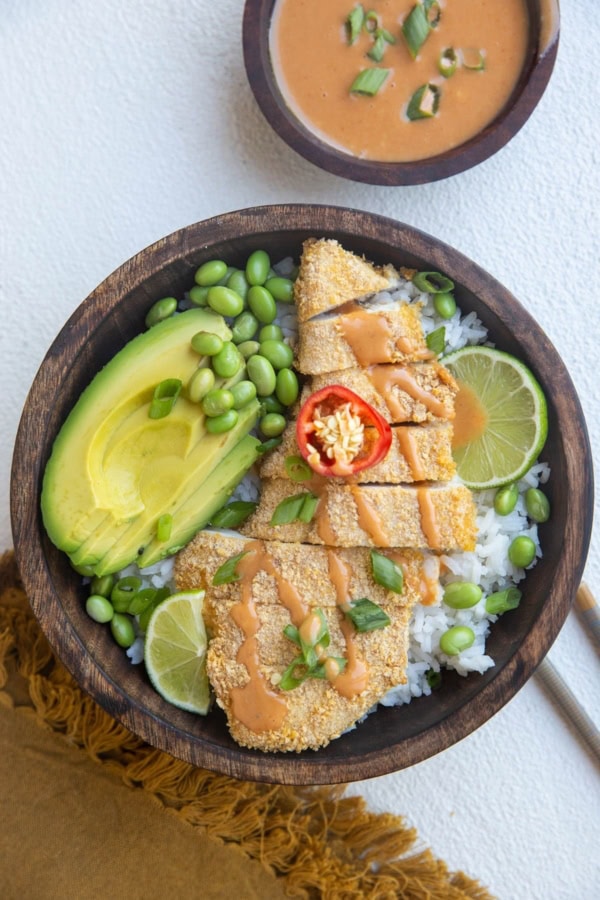









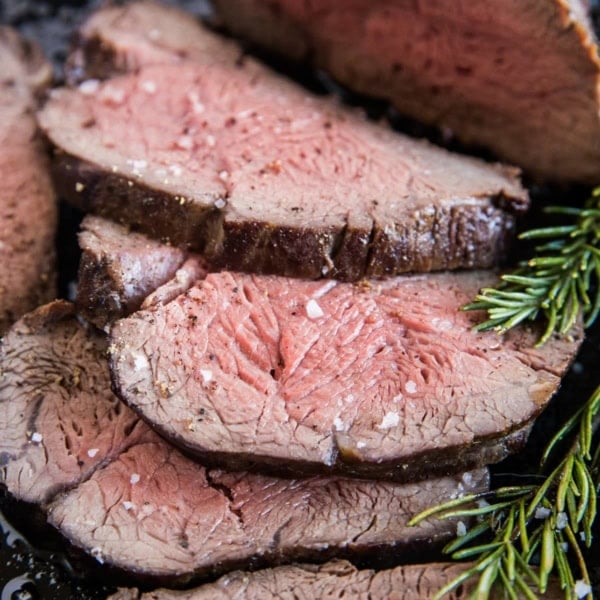

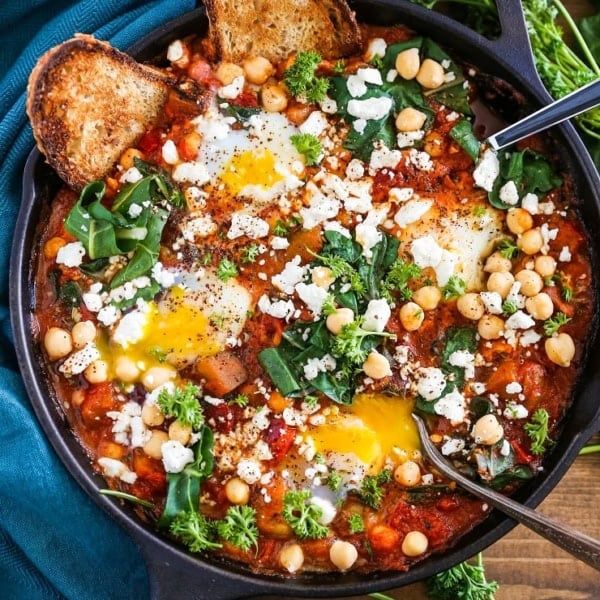
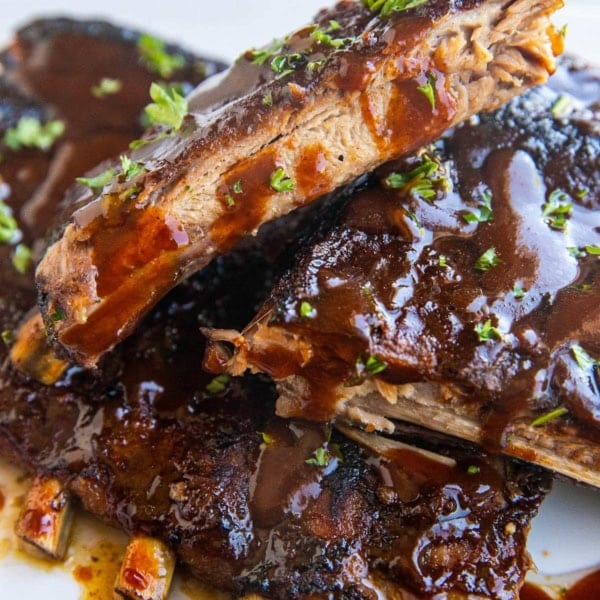
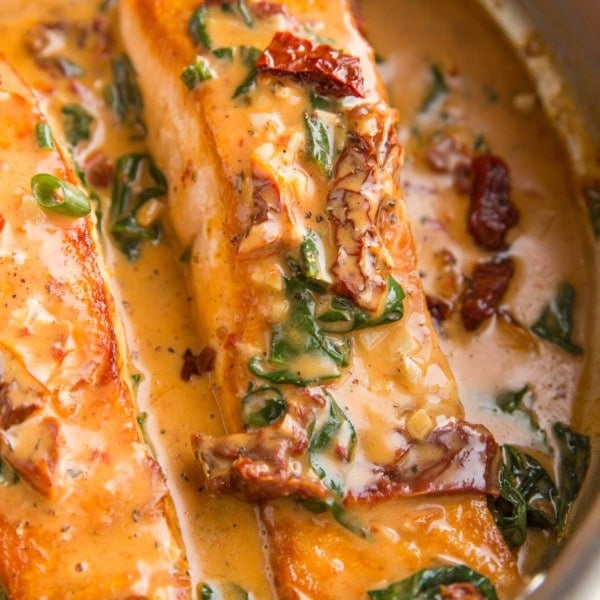
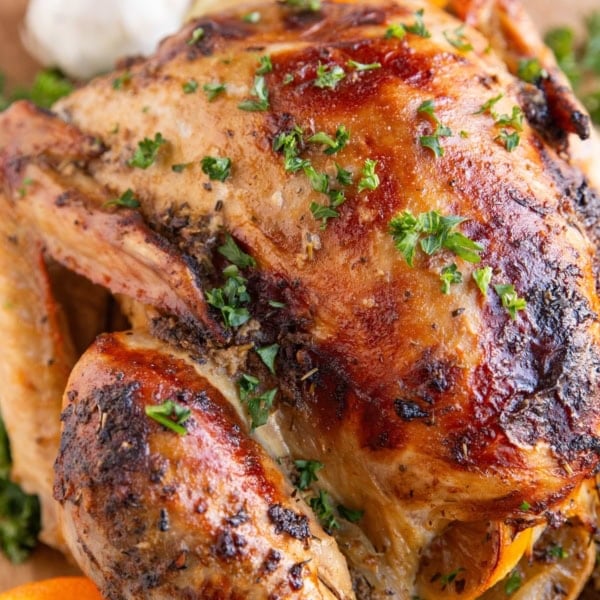
It’s definitely the Thai Curry for me! I make a KILLER Thai dish with eggplant, spinach, garlic and pac choi that I grow in my own backyard! I can’t wait to try it out with this new rice.
i’d love to try the korean BBQ! funnily enough i just had my first experience at a korean restaurant and would love to try to recreate some of the things we tried!
The chile verde sounds amazing! All of them do.
thai red curry!
I’m a huge fan of red beans and rice, and would be interested in trying that flavor….but honestly, I’m most interested in buying their brown basmati rice and the brown rice pasta options. I’m especially excited about the whole grain basmati, because I regularly eat the white version, and feel slightly guilty for it!
Sprouted Red Curry Rice sounds like it is a perfect match for my spicy meals that I love to cook!
While I can’t wait to try all flavors, I definitely want to try the Thai Red Curry first! Glad to learn about this new product.
The Butter and Chive Risotto sounds yummy and so does the Masala rice. There are so many wonderful flavors that would make a great addition to any meal. I think that they would also make a great meal for work. I cant wait to try some of them.